Independent Contractor or Employee?
At People2.0, we believe that proper classification of workers is the cornerstone of a sustainable contingent workforce strategy. This critical process not only safeguards against legal and financial repercussions, but also ensures that businesses can operate with the utmost confidence in their employment practices. Use the following as rough guidelines when considering whether a worker or set of workers can be considered employee(s).

Control
Does the employer dictate the work’s execution?
If the employer specifies the when, where, and how of tasks, this may suggest employee status. Supervision level is also a critical factor but is distinct from progress and quality checks.

Integration
Is the worker essential to business operations?
Workers integral to operations are likely employees. Evidence of integration may include perks, dedicated work space, or other treatment akin to that of a permanent worker.

Investment
Has the worker invested in their business?
Significant investment in tools, supplies, or training suggests independent contractor status. The contrast with the employer’s investment is key.

Profit or Loss Potential
Can the worker manage profit or loss?
Ability to influence earnings through managerial skills indicates an independent contractor. Dependence on extended work hours leans toward employee status.

Specialized Skill
Does the job require unique skills?
Specialized skills may not solely determine status; industry specifics and work nature are decisive factors.

Substitution
Can the worker delegate tasks to a substitute?
The freedom for a worker to send a substitute in their stead — without the need for company approval — generally indicates independent contractor status.

Mutuality of Obligation (MOO)
Is there a reciprocal expectation of ongoing work between the hiring company and the worker?
True independent contractor engagements are project-specific, devoid of any implied promise of future work from the employer or an obligation for the contractor to accept subsequent assignments.
Need help navigating the intricacies of your contingent workforce strategy?
Download our comprehensive eBook: 9 Steps to Building a Successful Contingent Workforce Strategy today and transform the way you manage your workforce.




